Some of the wildest animals on Earth didn’t even exist 100 years ago. That’s not science fiction—it’s real life. From glowing fish created in labs to pig-sized hog hybrids roaming wild U.S. forests, modern creatures are popping up in places—and forms—we never imagined. Some were designed by breeders. Others were shaped by pollution, cities, or pure survival. And while they may look cool or strange, these animals come with stories—of escape, mutation, and even human meddling gone wrong. You’re about to meet 14 animals that simply weren’t around a century ago. Some are breathtaking. Some are terrifying. All are proof that evolution, science, and chaos still shape the natural world every day.
Liger (Lion + Tiger Hybrid)
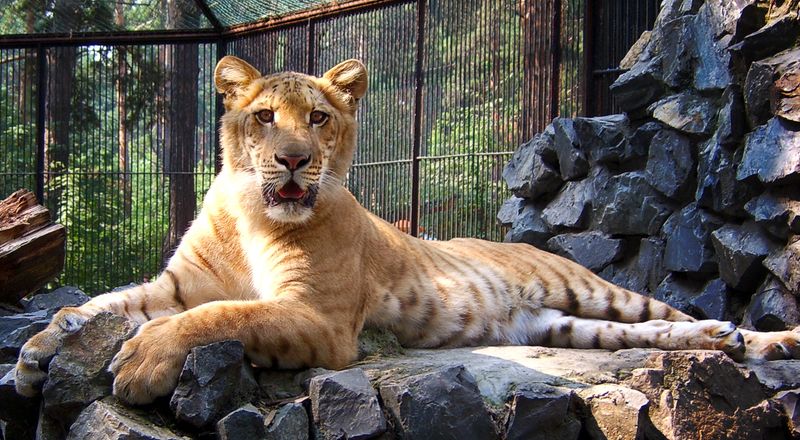
A creature of myth turned reality, the liger boasts the strength and size of its lion father and tiger mother. First bred in captivity in the early 20th century, ligers have captured the fascination of many due to their impressive size—the largest of all big cats.
Despite their hybrid vigor, they cannot reproduce, making them rare and unique. Ligers often exhibit a gentle temperament, unlike their fierce parents. They are a testament to human curiosity and the blending of species that would never meet in the wild.
Wolfdog Hybrids

In the search for an exotic pet, breeders began merging the wild allure of wolves with the loyalty of dogs. Wolfdogs, known for their striking appearance and unpredictable nature, became popular for their wild beauty.
These hybrids require careful handling and understanding, as they can be both challenging and rewarding companions. As urban legends grow around them, wolfdogs symbolize the bridge between the untamed wild and domestic life. Their creation marks a testament to human desire to connect with nature’s raw side.
Continental Giant Rabbit
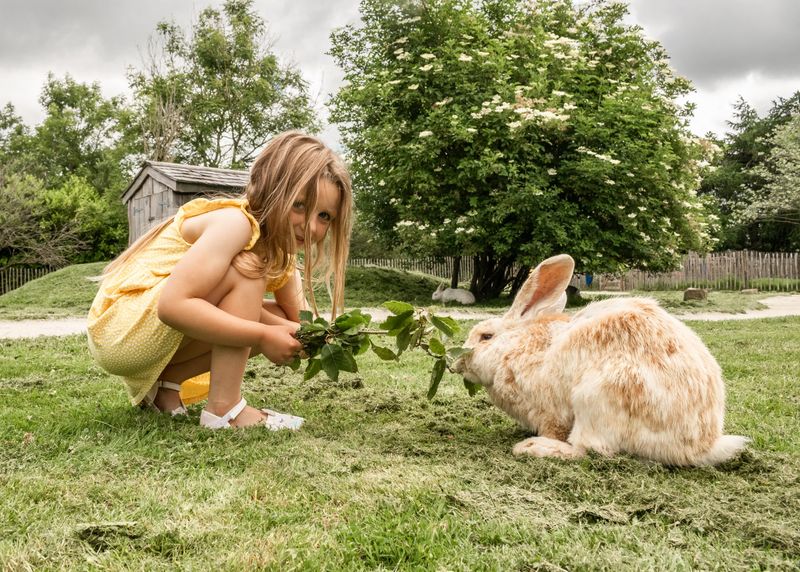
With ears as long as their bodies, Continental Giants stand as the gentle giants of the rabbit world. Selectively bred for their size, these rabbits can weigh up to 25 pounds, dwarfing their wild counterparts.
They are known for their docile nature and make affectionate pets, often likened to small dogs in their behavior. Their existence speaks to human fascination with altering nature, creating something larger-than-life from a familiar creature. A Continental Giant hopping through a garden is both an awe-inspiring and heartwarming sight.
Superworms
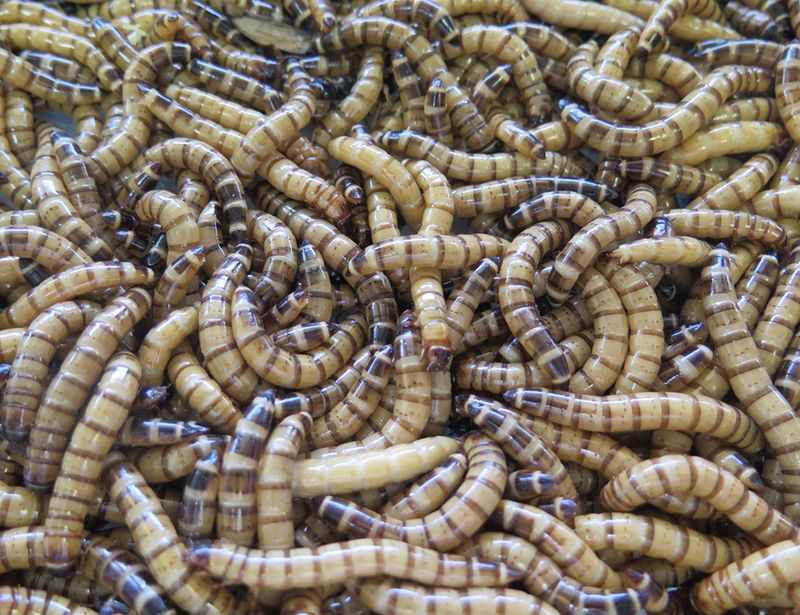
Bred for their usefulness, superworms have become a staple in composting and as live food for exotic pets. Their modern form didn’t exist a century ago; they evolved through selective breeding to become larger and more robust.
Superworms play a crucial role in waste decomposition, turning organic matter into nutrient-rich compost. Their existence highlights humanity’s quest for efficiency, utilizing tiny creatures to tackle global waste challenges. These wriggling wonders are a testament to how small innovations can lead to significant environmental impacts.
GloFish
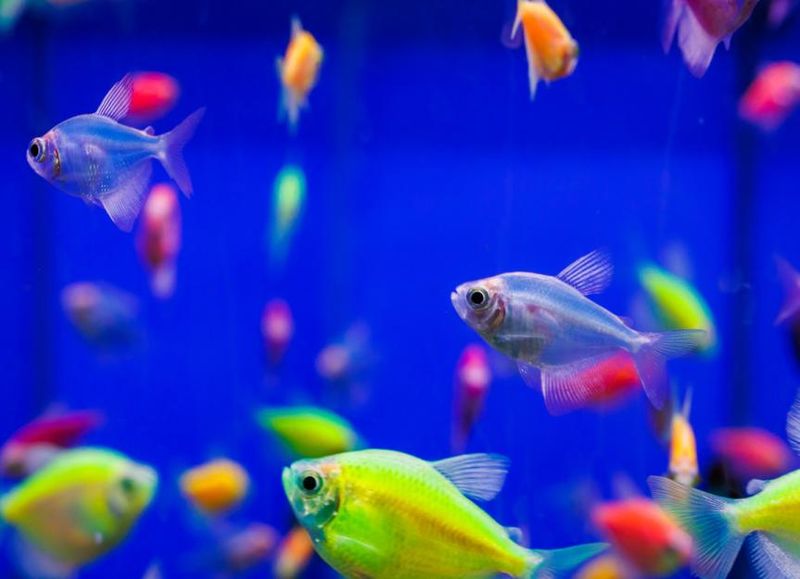
A splash of color in the aquatic world, GloFish are genetically engineered to glow under specific lighting. Created in the early 2000s, they were initially developed to detect pollutants, but soon found a place in the aquarium trade for their striking appearance.
Their vivid colors, ranging from electric green to radiant red, enchant hobbyists worldwide. GloFish represent how science can cross into everyday life, turning laboratories’ experiments into household attractions. Their shimmering presence in tanks adds a touch of the extraordinary to aquatic environments.
Mallard-Hybrid Ducks

As cities expanded, mallard ducks began mingling with domestic species, resulting in hybrids that are as adaptable as they are varied. These ducks have become increasingly common in urban waterways, thriving in manmade environments.
Mallard-hybrids showcase the resilience of nature when facing change, embodying the spirit of adaptation. Their varied plumage patterns tell stories of interspecies encounters, adding a splash of diversity to familiar ponds and parks. Such hybrids remind us of nature’s adaptability in an ever-changing world.
Pesticide-Resistant Insects

In the ongoing battle between agriculture and pests, some insects have evolved rapidly to resist chemical controls. Super aphids and resistant mosquitoes are modern examples, developing in response to human intervention.
These insects pose challenges to farmers worldwide, prompting a reevaluation of pest control strategies. Their existence underscores the unintended consequences of human actions, illustrating nature’s relentless drive to survive. As science races to outpace these tiny adversaries, they stand as a cautionary tale of adaptation gone awry.
Feral Hog Hybrids

Feral hogs have become a formidable force in North America, thanks to rapid hybridization between domestic pigs and wild boars. These hybrids are larger, more aggressive, and incredibly destructive, wreaking havoc on ecosystems.
Their population explosion is a direct result of human actions, illustrating how quickly nature can respond to environmental pressures. Managing these hybrids requires innovative strategies, as they challenge both farmers and conservationists. They serve as a reminder of the complex relationship between humans and wildlife in altered landscapes.
Lionfish in the Atlantic
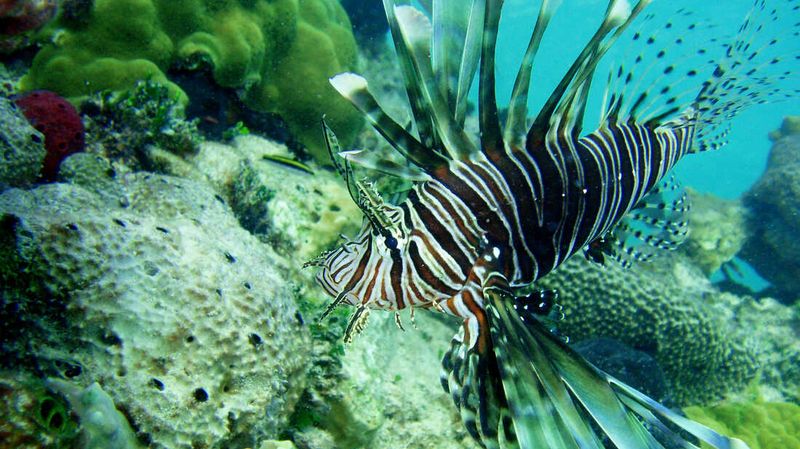
The lionfish, native to the Indo-Pacific, made an unexpected invasion into Atlantic waters during the 1980s. Their presence has become a new challenge for local ecosystems, as they have no natural predators in these waters.
Lionfish are known for their venomous spines and voracious appetites, threatening local fish populations. Their spread serves as a reminder of the impact of human actions on marine life, as they were likely introduced through aquarium releases. This beautiful yet destructive invader continues to fascinate and concern marine biologists.
Italian Wall Lizard Variants
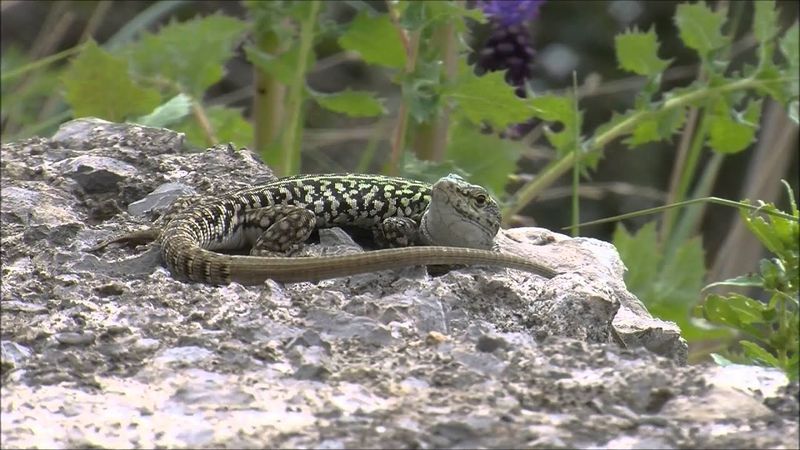
The Italian Wall Lizard has rapidly evolved in relocated environments, with major changes in gut and skull structure observed within just a few decades. These lizards exemplify how quickly species can adapt to new conditions.
Their story is one of evolution in action, offering scientists unique insights into adaptation processes. As they thrive in diverse habitats, they highlight the dynamic nature of genetic change. These lizards are living proof of the incredible adaptability of life, adapting to challenges presented by new environments.
Myotonic (Fainting) Goats
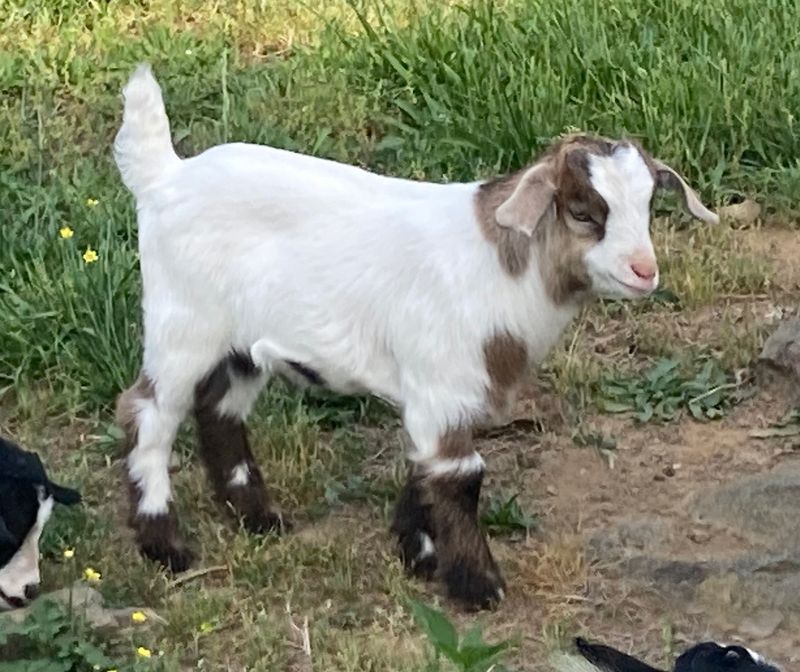
Known for their unusual reaction to sudden fear, Myotonic Goats stiffen and often fall over when startled. This quirky trait was selectively bred within the past century, particularly in the U.S., to make them easier to manage.
Despite their fainting spells, these goats are beloved for their robust, muscular builds and endearing personalities. They have become farm favorites, embodying the charm of rural life. Their existence highlights selective breeding’s power, creating animals with unique, sometimes humorous, traits.
Hybrid Cichlids
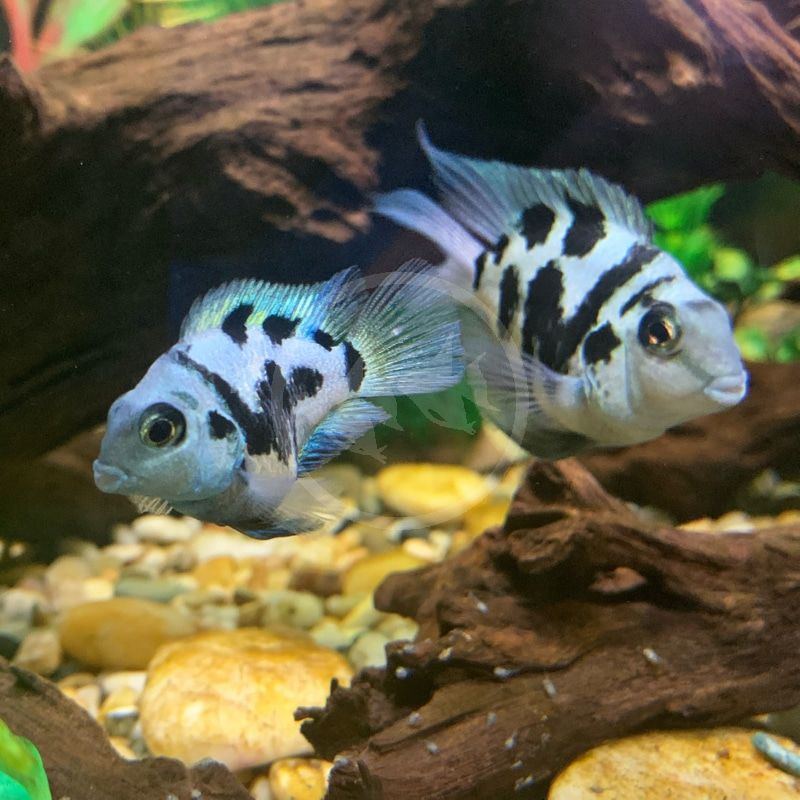
With a palette of colors and patterns, hybrid cichlids are man-made creations, designed for the beauty of home aquariums. Fish enthusiasts prize them for their vivid hues, which don’t occur naturally.
These fish reflect human creativity in shaping nature for aesthetic purposes. They also spark debate about the ethics of hybridization and the ecological implications. Hybrid cichlids are a testament to how human intervention can lead to both captivating beauty and complex ethical questions.
African Clawed Frogs in California

Introduced to California in the 1930s for pregnancy testing, African Clawed Frogs have since adapted to local environments. Their presence in non-native habitats raises concerns about ecological balance.
These adaptable amphibians thrive where few others can, showcasing resilience and survival. Their story is a fascinating chapter of science intersecting with ecology, highlighting both innovation and unintended consequences. As they multiply in foreign waters, they serve as a reminder of the delicate balance in ecosystems and human impact.
Urban-Adapted Blackbirds in Europe

In the heart of bustling cities, blackbirds have undergone remarkable changes, adapting to urban life. Their behavior, and even genetics, have shifted, creating a modern form distinct from their rural ancestors.
These urban blackbirds embody the spirit of adaptation, thriving amidst concrete jungles. Their songs echo through city streets, a testament to nature’s ability to evolve alongside human expansion. As they navigate cityscapes, they highlight the resilience of species in the face of rapid urbanization, finding new niches in human-altered habitats.

